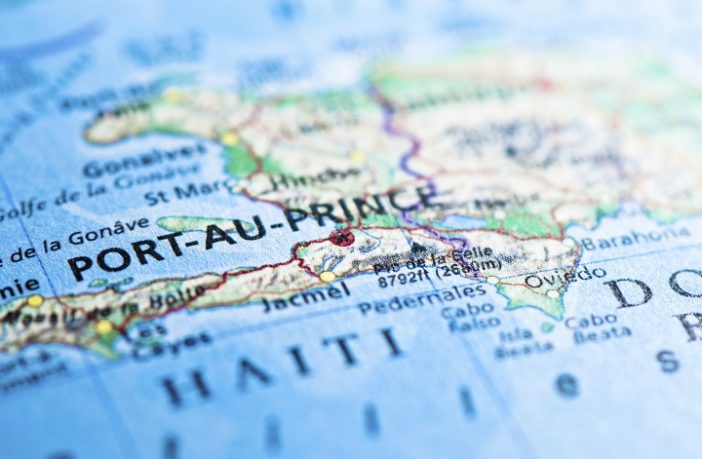Arrests of Haitian migrants at America’s southern border plummeted from 17,600 in September to 1,000 in November. Whether that’s an enduring trend or a temporary lull will depend largely on the Biden administration and Mexico.
In the wake of the summer surge at Del Rio, Texas, the U.S. flew 7,915 Haitians back to their country. The airlifts, along with the resumption of the Remain in Mexico program, may deter more migrants from coming. The administration’s resolve, and the extent of Mexico’s cooperation, will be tested soon enough as thousands more northbound Haitians weigh their next move from the southern Mexico city of Tapachula.
Mexico’s National Institute of Immigration (INM) announced this month that free bus service would transport some migrants to other parts of the country “where they can regularize their migration status.” INM said it would not “transfer them to the border with the United States,” but the agency declined to say exactly where the buses are going or how many people will be moved.
This year, Haitian asylum claims in Mexico soared to 47,494, a seven-fold increase from 2020. With additional traffic on the way as tens of thousands more are reported transiting through Panama, Mexico City should follow Washington’s example and step up deportation flights. Through October, Mexico had returned only 248 Haitians to their country.
As for the U.S., “It is questionable, at best, that any of the Haitian migrants who [previously]resettled in Brazil and Chile have valid asylum claims. When the odds of getting in[to the U.S.]dropped, and the odds of being returned to Haiti rose, they decided not to come,” notes Andrew Arthur of the Center for Immigration Studies.
“[President Joe] Biden can’t afford many more scenes like the ones that played out in Del Rio in September,” Arthur opines, and the most effective way to stanch mass illegal immigration is to stop accepting and incentivizing it. If the White House learns anything from these episodes it’s that enforcement works.#




